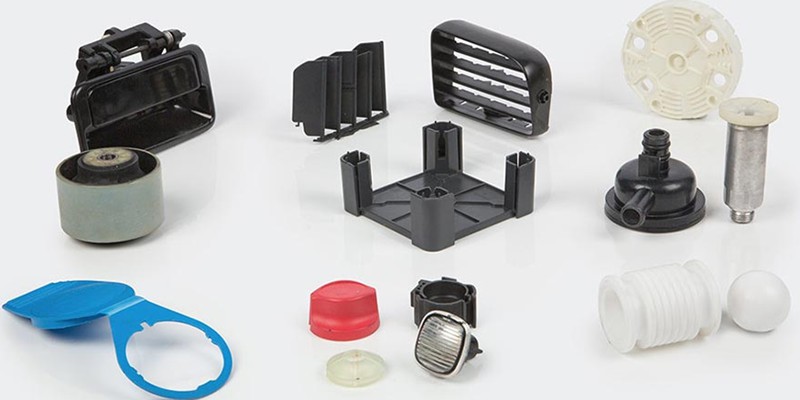- March 25, 2024
Plastics are now a necessary component of everything from consumer goods to medical equipment. The plastics industry encompasses a wide range of plastic types and production techniques.
This article aims to give readers a comprehensive understanding of plastic manufacturing processes and the types of raw materials. Here, we’ll also discuss how to choose the right manufacturing method for plastic projects as well as selecting the right plastic part manufacturer for your project.
Key Manufacturing Procedures for Plastic Products
There are multiple steps in the production of plastics, and these steps ensure the production of quality plastic parts. Preparing the materials, polymerizing them, adding additives, molding, and finishing are the important processes. Let’s discuss these processes in detail.
Material Preparation
Material preparation is the initial stage in the plastic manufacturing process. This entails the extraction and refining of raw materials. The main raw materials used in the production of plastics are hydrocarbons, which come from coal, natural gas, and petroleum.
Polymerization
Polymerization is the method used to create plastic polymers. The type of polymerization technique used is often dependent on the type of plastic being made. For instance, polyethylene and polypropylene are produced through addition polymerization, although nylon and polyester are formed through condensation polymerization.
Additives
The addition of additives occurs after polymerization to improve the quality of the plastic produced. These additives can enhance the color, strength, flexibility, resistance to heat and UV rays, and other properties of the plastic.
Stabilizers, colorants, flame retardants, and plasticizers are examples of common additives. The final product’s intended qualities determine the type and quantity of additives utilized.
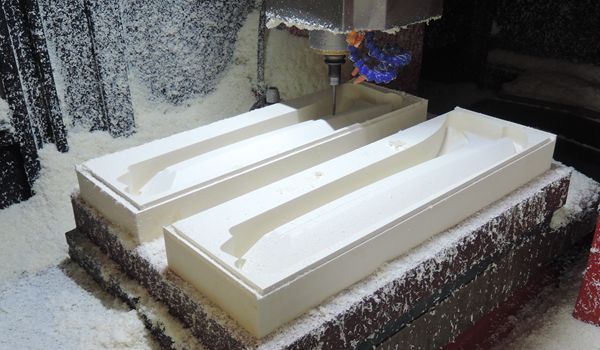
Molding/CNC Machining/3D Printing
The plastic takes on its final form during the molding process. Several molding processes are employed in the production of plastics, including rotational molding, blow molding, extrusion, and injection molding. The choice of molding technique is influenced by the type of plastic, the intricacy of the component, and the volume of production. For example, extrusion is best used to create long, continuous shapes, whereas injection molding works well for producing complex pieces in large quantities.
Where precision, accuracy, and tight tolerance are important, CNC plastic machining is ideal. Also, some plastic materials such as Delrin, Acrylic, and PEEK are better manufactured using CNC machining. On the other hand, if complex internal structural parts need to be machined, 3D printing is ideal, the 3D printer is used in layering plastic material until the product achieves the desired shape.
Finishing
Finishing is the final phase of the plastic part manufacturing process. It usually involves any post-processing actions required to give the part the desired look and functionality. Drilling, painting, printing, coating, and polishing are examples of finishing procedures. The type of finishing technique employed depends on the finished product’s needs. For instance, painting may be necessary for plastic parts used in automobiles to match the color of the vehicle.
Common Materials Used in Plastic Manufacturing
For the production of robust, long-lasting, and adaptable goods, the plastics industry uses a variety of raw materials. The most commonly used plastic manufacturing products are PC such as ABS and other plastics.
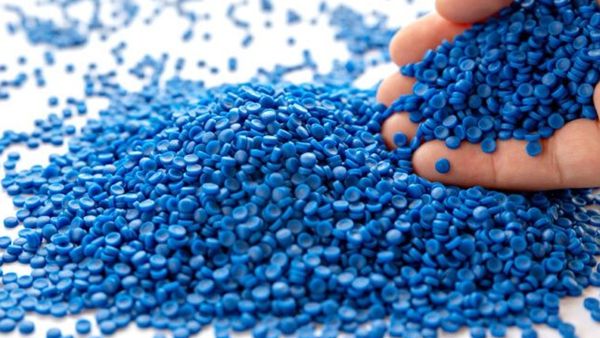
Polypropylene (PP)
Polypropylene is a sturdy, heat-resistant plastic used for manufacturing consumer goods, automotive parts, and packaging. PP is well-known for its capacity to remain stable and in its original form at elevated temperatures, making it perfect for use in the electronics and automotive sectors.
Polystyrene (PS)
Polystyrene is an inexpensive, lightweight plastic frequently used to make consumer goods, insulation, and packaging. It’s a popular choice in many industries because of its inexpensive cost, ease of production, and insulating qualities.
Polyethylene (PE)
Polyethylene is a popular plastic for manufacturing consumer goods, medical devices, and home appliances. This plastic is strong, lightweight, and adaptable, coming in various forms including LDPE, HDPE, and LLDPE.
Polyvinyl Chloride (PVC)
PVC is a durable and adaptable plastic frequently utilized in flooring, electrical, and plumbing applications. It is a common material for construction applications because of its affordability and reputation for being resistant to chemical deterioration.
Polyethylene Terephthalate (PET)
It is a popular plastic for food packaging, drink containers, and fabrics that are lightweight and resistant to breaking. PET is the perfect material for packaging food and beverages because of its high transparency, low gas permeability, and lightweight nature.
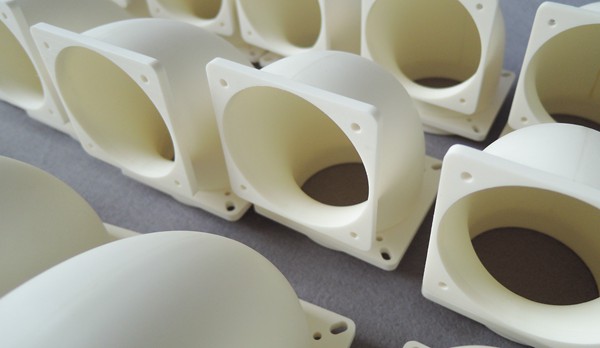
Acrylonitrile Butadiene Styrene (ABS)
ABS is a tough, impact-resistant plastic frequently used in toys, consumer products, and vehicle parts. Because of its excellent impact resistance, ABS is used in products often subjected to frequent impact or harsh handling.
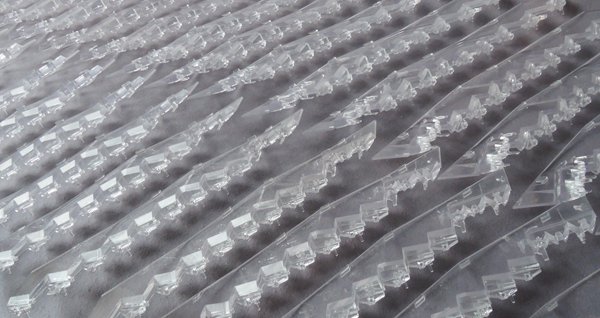
Polymethyl Methacrylate (PMMA)
PMMA commonly recognized as acrylic, functions as a transparent thermoplastic that often serves as a lightweight, resilient substitute for glass. An outstanding feature of PMMA lies in its exceptional clarity and light transmission properties, making it well-suited for applications where visibility is paramount.
PEI (Polyetherimide)
Polyetherimide (PEI) stands out as an advanced thermoplastic renowned for its exceptional thermal stability, mechanical robustness, and resistance to chemicals. Applications of PEI span various industries, including automotive, aerospace, and electrical engineering, where components must endure extreme conditions while upholding structural integrity.
Main Types of Plastic Manufacturing Processes
Numerous plastic part manufacturing processes are widely used because of their advantages and versatility in producing a variety of goods. Here, we discuss the various plastic manufacturing processes.
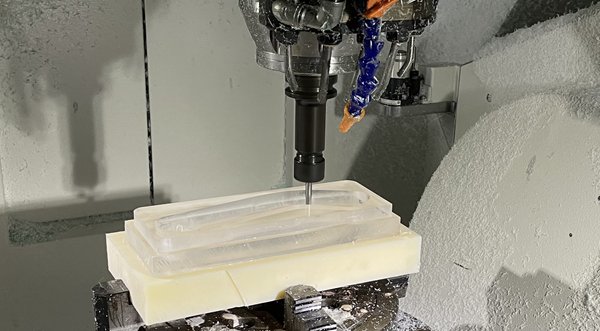
CNC Machining
CNC machining is a process that creates the required object by removing material from a solid block using computer-controlled, fast-rotating tools. This subtractive process is perfect for prototypes and precision components, used in different industries because it offers great precision and works with a wide range of polymers such as Delrin, Nylon, Acrylic, and Polyether ether ketone (PEEK).
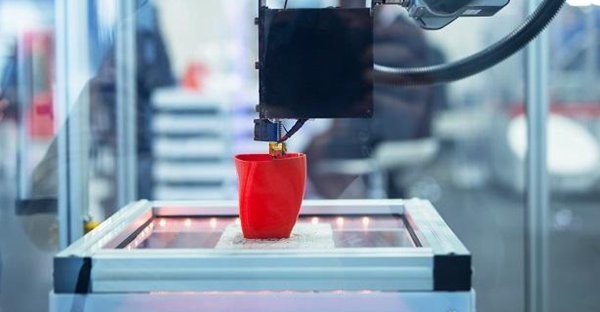
3D Printing
Using a digital model as a guide, additive manufacturing, sometimes known as 3D printing, creates items by layering material. It’s perfect for the low-volume manufacture of complex plastic parts and prototyping because it’s rapid and versatile. The most common plastic materials used for 3D printing are Acrylonitrile Butadiene Styrene (ABS) and Polylactic Acid (PLA).
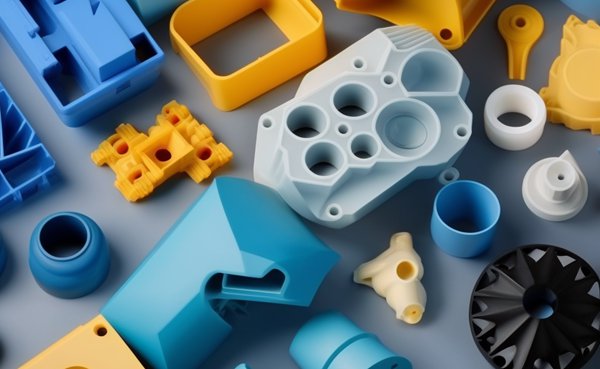
Injection Molding
Plastic injection molding is a widely used method in the production of plastic components. The process entails melting plastic granules and then pumping them into a mold at high pressure. When the plastic cools and solidifies, the mold opens to release the produced part. Because of its material efficiency and reproducibility, this method is perfect for mass-producing intricate, high-precision parts.
Extrusion
The plastic extrusion process is a continuous technique used to make pipes, profiles, and sheets, among other goods having a uniform cross-section. After melting and forcing the molten plastic through a die with the required cross-section, cooling and cutting occur. Although it works well for producing long, straight sections, it is not the best method for producing complex or intricate shapes.
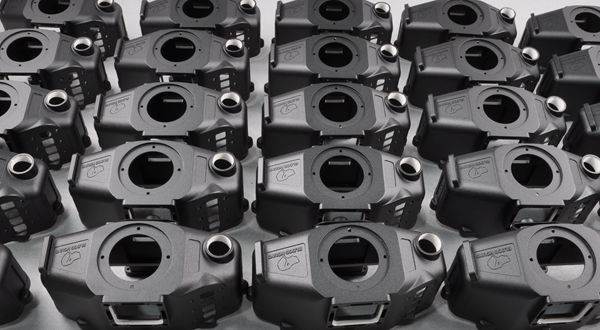
Thermoforming
Thermoforming involves heating a flat sheet of plastic until it becomes flexible, at which point it is formed into the shape of a mold by vacuum pressure. The sheet keeps its molded shape once it cools. The plastic materials ideal for use in thermoforming include polypropylene, polyvinyl chloride (PVC), polycarbonate (PC), Polymethyl methacrylate (PMMA), etc.
Blow Molding
One method of making hollow plastic parts or components is blow molding. The plastic is first melted and then formed into a preform. The next step is putting the preform into a mold and air blasting it to make the plastic expand. This technique is frequently applied to other hollow structures, such as bottles and containers.
Compression Molding
During the compression molding process, a preheated plastic material is inserted into an opened, heated mold chamber. After closing the mold, pressure, and heat are applied to the material until it completely assumes the shape of the mold. It works well for large items like electrical housings or car panels and is used with thermosetting materials.
How to Choose the Right Manufacturing Methods for Plastic Projects?
Many factors influence the choice of appropriate plastic production techniques. These variables include the part’s shape, the cost and volume of production, lead time, and properties of the product or material.
Part Design
The chosen manufacturing process is largely determined by the part’s physical geometry or form. CNC machining and Injection molding are the common processes for producing intricate shapes with precise tolerances. They’re great for the production of parts with complicated shapes and detailed features.
For plastic parts with intricate interior geometry, 3D printing is another choice, as it prints parts with high precision and accuracy.
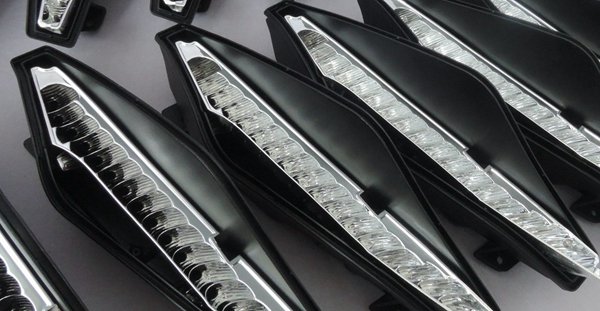
Production Volume
The most economical and appropriate manufacturing method for plastic parts is largely determined by the volume of output. Due to their flexibility and reduced upfront costs, techniques such as 3D printing and CNC machining are ideal for low-volume manufacturing of plastic.
In medium-volume applications, silicone molding offers a scalable solution by balancing the cost per unit with the initial tooling expense. For high-volume manufacturing, injection molding, and extrusion stand out as the ideal methods because they minimize the cost per unit and guarantee consistent quality in large volumes.
Cost
Cost is one major factor that influences the choice of manufacturing process. In high-volume manufacturing runs, processes like plastic injection molding have lower per-unit costs due to their greater upfront tooling costs. In low-volume manufacturing runs, processes like vacuum forming and 3D printing usually have higher per-unit costs because of their lower upfront expenses.
Lead Time
There is another important consideration is lead time or the production rate. Opting for a technology with a short lead time, such as 3D printing, could be a wise decision if the product needs to be launched promptly. Though they provide better economies of scale for high-volume production, processes like injection molding could be appropriate if longer lead times are acceptable.
Material Features
Certain kinds of materials are better suited for particular manufacturing techniques. For example, with thermoset and thermoplastic differences, compression or injection molding is ideal for creating thermosetting polymers, which harden permanently following an initial heat form.
The physical attributes of the product such as its flexibility, resilience to impact, transparency, and tolerance to temperature changes also influence the selection of the manufacturing process. For instance, techniques that offer high degrees of precision, like CNC machining, might be selected if a product needs to adhere to exact specifications with strict tolerance standards.
How is Quality Control Maintained in Plastics Manufacturing?
In the plastics industry, quality control is essential for generating reliable, high-quality goods. It entails a series of tests, inspections, and processes to ensure that every component meets the required standards.
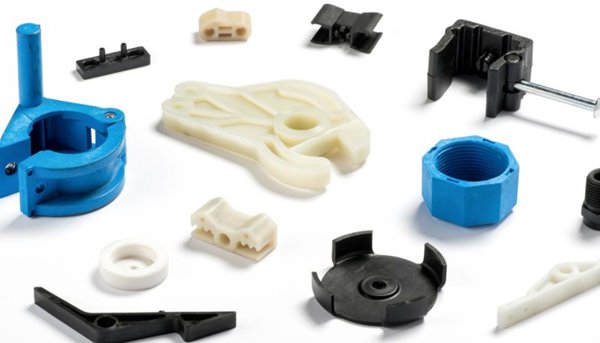
Material Quality and Consistency Checks
Testing plastic materials for characteristics like tensile strength, color consistency, and melt flow index guarantees that the material will fulfill end-use criteria and behave reliably during manufacturing. This stage is to avoid problems with the finished product, such as brittleness, warping, or failure under stress.
Process Parameters Control
Controlling the parameters of the molding process is for ensuring quality in the production of plastic parts. This entails monitoring the injection pressure, mold temperature, cooling period, and cycle time to ensure that no component is created with flaws like sink marks, warpages, short shots, or burns.
To guarantee that every plastic part meets stringent quality standards, automated process monitoring systems can assist in maintaining these parameters consistently during each production cycle.
Quality Assurance Testing
Completed plastic parts must undergo extensive quality assurance testing to ensure that they meet all criteria and standards. The structural integrity, dimensions, and performance characteristics of the parts are verified using testing techniques such as mechanical testing, dimensional analysis, and environmental testing.
Before releasing plastic products into the market, manufacturers can ensure that they are reliable and functional through comprehensive quality assurance testing.
Considerations and Tips to Find a Reliable Plastic Product Manufacturer
A reliable plastic product manufacturer should not only produce quality products but also deliver these products in a timely manner. Here are tips and considerations when looking for a plastic product manufacturer.
Material Availability
There are different materials used for making plastic parts. It is important to note that not all manufacturers offer these materials or can make parts using them, which is why it is often best to conduct research on plastic manufacturers before committing to one.
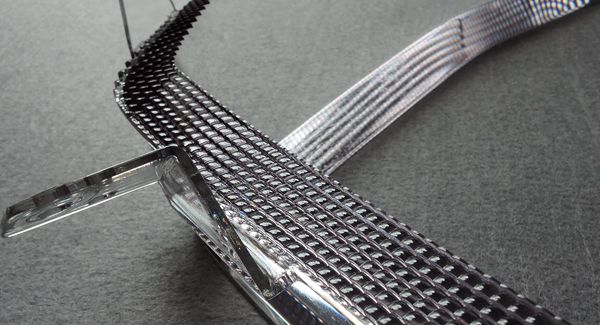
Manufacturing Capability
The question to ask here is: Is the manufacturing company equipped with the type of technology required for high-performing plastic fabrication? Do they use dependable plastic materials? Also, what technique or manufacturing process does the manufacturer employ in making plastics? The answers to these questions will help you decide if that particular manufacturer is ideal for your product.
Production Capacity
What is the scale of your production? Are you making prototypes, small production runs, or large-scale production runs? It is best to choose a plastic manufacturer that offers extensive product development; from prototyping to large-scale production, as this makes scaling easier.
Production Cost
Production cost is an important consideration when selecting manufacturers for your project. True, several factors go into the final price, including the cost of raw materials and volume produced, but labor costs also influence the cost. It is best to go for manufacturers that offer affordable pricing as well as a wider range of services.
From Idea to Reality: Choose WayKen for Plastic Part Manufacturing
WayKen offers comprehensive machining solutions to meet all of your plastic production needs, including CNC machining, injection molding, 3D printing, and so on. From prototyping to production, our reliable services bring your ideas to life efficiently and effectively.
In addition, With more than 30 engineering plastics, we specialize in CNC plastic machining with complex geometry and high precision to meet your strict specifications. Upload your CAD files and get a quote today!
Conclusion
A variety of methods, each with its own advantages and disadvantages, are available for creating plastic parts in the plastic manufacturing sector. When choosing a manufacturing process, it is crucial to carefully weigh each of these considerations to guarantee that the finished product will satisfy all criteria and be produced in a timely and cost-effective manner.
FAQs
What is the role of automation in plastic manufacturing?
The use of automation technology in the plastics industry can improve quality, productivity, and efficiency. Automated systems can increase the precision and accuracy of plastic production processes, producing parts and components that are more dependable and consistent.
What is the most common process for plastic manufacturing?
Injection molding is the most widely used method in the production of plastics. It is a common practice to employ injection molding to create a wide range of plastic parts, from complex pieces to substantial items.
What are the types of plastics used in plastic parts manufacturing?
Due to their ease of processing and adaptability, thermoplastic polymers like polyethylene and polypropylene are commonly used in the fabrication of plastic parts. For specific purposes, thermosetting materials with excellent heat resistance and durability, such as epoxy resin and phenolic resin, are also used.

